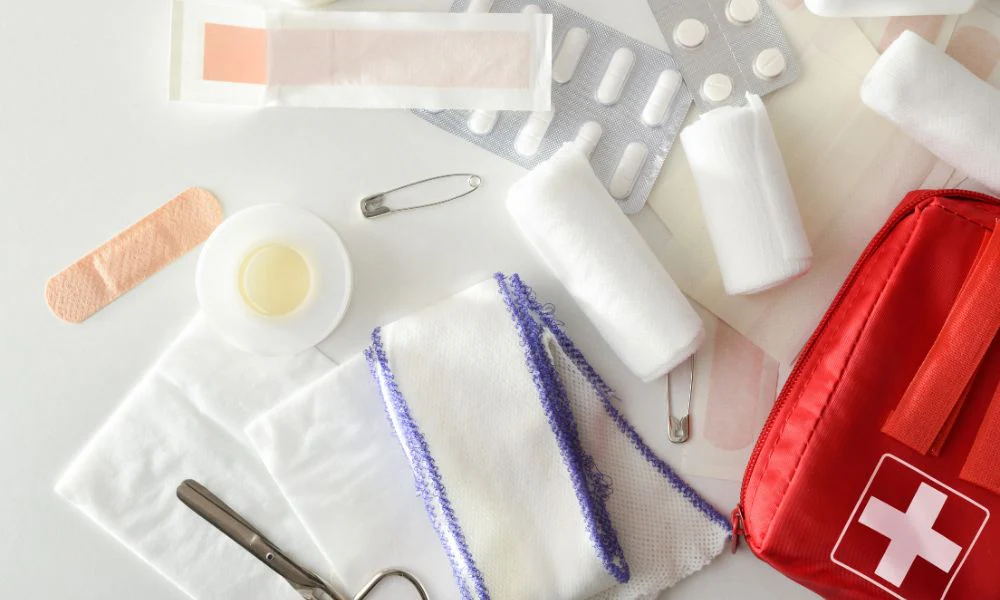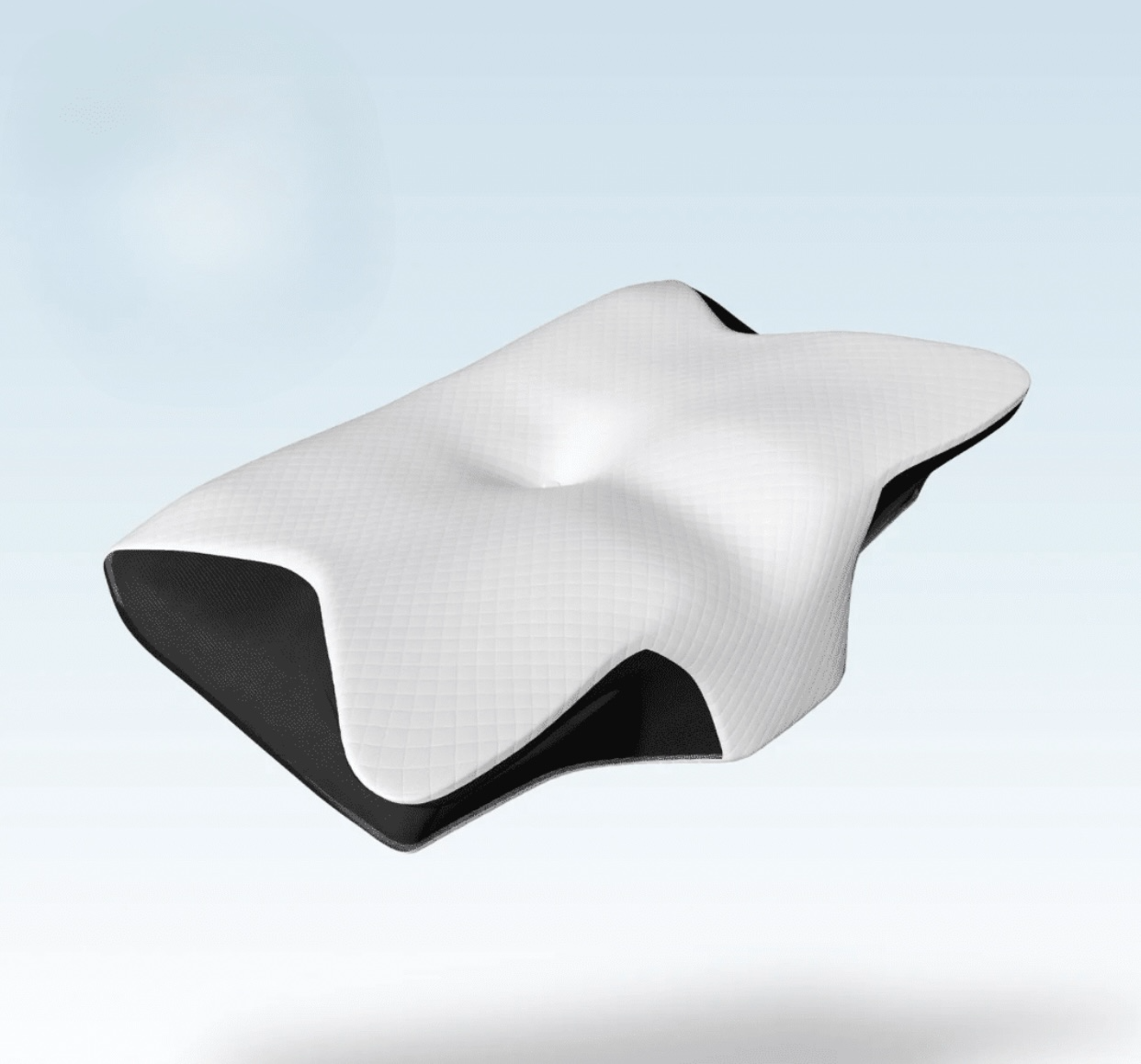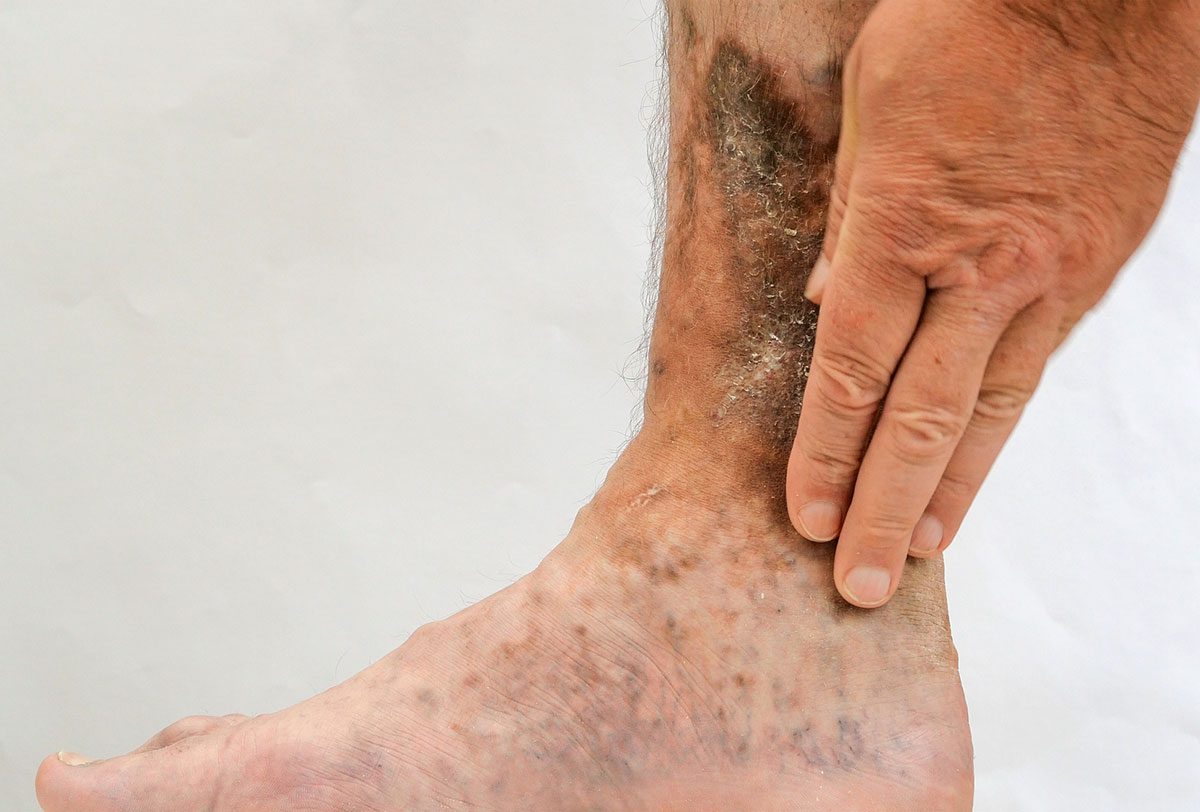For medical practitioners, having a well-organized and stocked medical kit is essential for providing effective care in a variety of settings, from clinics to emergency response scenarios. This blog outlines the key components and organizational strategies for assembling a medical kit that meets both routine and urgent healthcare needs.
Essential components of a medical kit
A comprehensive medical kit should cater to a range of medical situations. Here are the essential categories and items that should be included:
Basic supplies: bandages, gauze, adhesive tape, cotton swabs, and scissors. These items handle common injuries like cuts and abrasions.
Protective gear: gloves, masks, and sanitizers to protect both the practitioner and the patient, minimizing the risk of infection.
Diagnostic tools: thermometers, blood pressure monitors, and stethoscopes. These tools are crucial for initial assessments.
Medications: over-the-counter pain relievers, anti-inflammatories, antihistamines, and any necessary prescription medications tailored to the patient population.
Advanced equipment: depending on the practitioner’s specialty and the care setting, advanced items such as a portable defibrillator (aed), glucose monitoring kits, or epinephrine auto-injectors might be necessary.
Documentation supplies: notepads, pens, and patient forms or information leaflets to record vital information and provide instructions.
Organizational strategies
Effective organization is as critical as the contents of the medical kit itself. Here’s how to keep your medical kit prepared and accessible:
Categorize and compartmentalize: use separate compartments or pouches for different types of supplies—like diagnostic tools, wound care, medications, and protective gear. This setup speeds up the retrieval of items in urgent situations.
Regularly check and restock: regular checks are vital to ensure that all items are in good condition and within their expiration dates. Set a regular schedule for restocking items that are used or nearing their expiry.
Customize according to needs: tailor the kit to the specific needs of the practice or the emergency scenarios anticipated. For instance, a sports therapist might include more orthopedic supplies, whereas a pediatrician may need different types of medications.
Ensure portability: for practitioners on the move, ensure that the medical kit is portable. Use lightweight materials and compact, sturdy containers that are easy to carry.
Training and familiarity: make sure all potential users of the kit are trained on its contents and the location of items. Regular walkthroughs or drills can enhance proficiency in using the kit effectively.
Maintaining your kit
Maintaining a medical kit involves more than just restocking. It includes ensuring that all electronic devices are charged, all instruments are sterilized, and the kit is clean and stored in a cool, dry place. Documentation inside the kit should be kept up-to-date, including a checklist of contents, a log of use dates, and restocking dates.
Conclusion
An effectively organized medical kit is a crucial tool for any medical practitioner. It ensures readiness and efficiency in dealing with health emergencies and routine checks alike. By selecting the right contents and organizing them thoughtfully, healthcare providers can ensure they are prepared for any situation that arises. Remember, the best medical kit is one that fits the specific needs of your practice and your patients, prepared with care and maintained with diligence.



